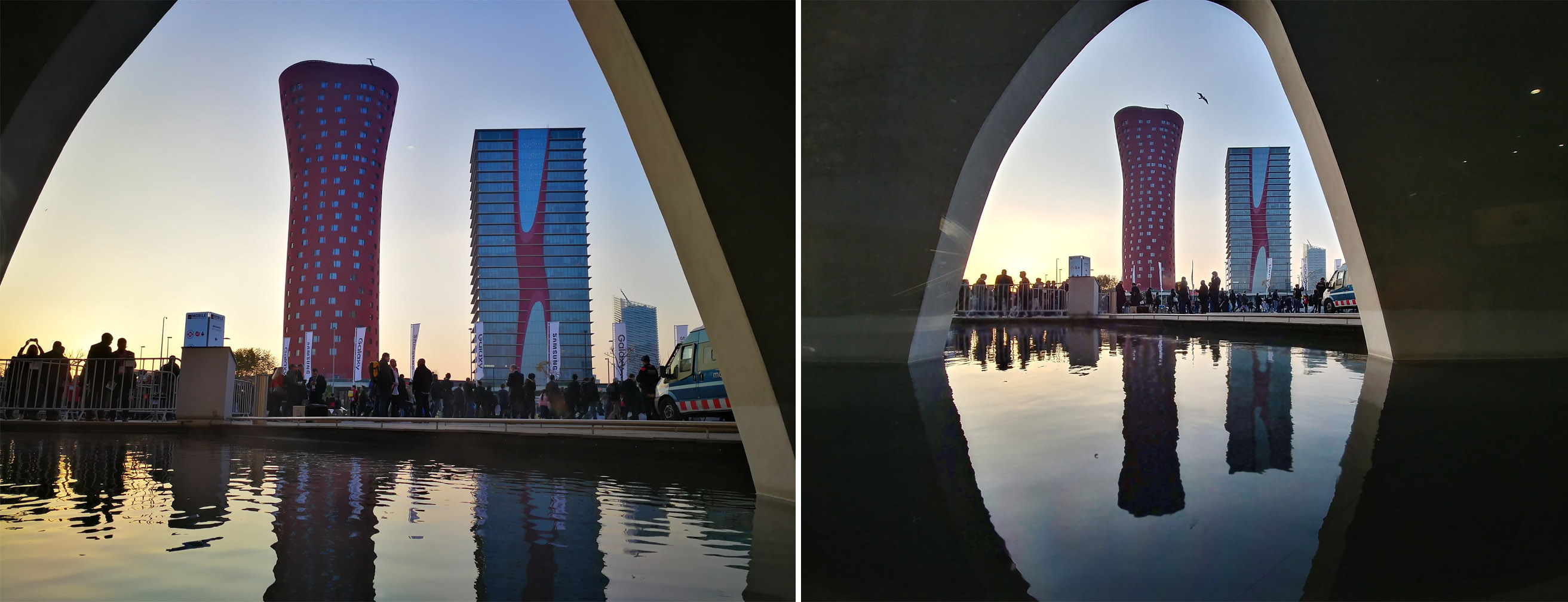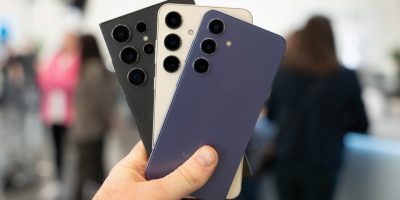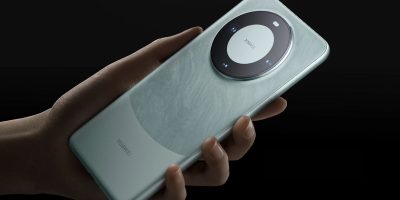The cameras on our smartphones have come a long way from back in the day when they were fixed and you couldn’t even zoom in. Nowadays we’re starting to see phones that have cameras that supports 5x optical zoom, and there are reports claiming that 10x optical zoom could be on the horizon as well! But forget that, how about giving us ultra-wide angle lenses instead?
Speaking as someone who dabbles in photography as a hobby, I get so much more general use out of wide-angle lenses compared to zooms. This is because as a street photographer, a wide-angle lens lets me capture more of a scene at once. This lets me convey how notoriously busy the Shibuya crossing really is in Tokyo, Japan; or how expansive and breathtaking the Great Ocean Road is in Victoria, Australia.
How often have we raised our cameras only to realize that we can’t quite fit everything we need into the frame? How many times have you seen Instagrammers standing on chairs in cafes and restaurants trying to capture the food on their table? Wouldn’t it be a much more elegant solution (and cleaner chairs) if our lenses were simply wider? ![]()
Wide-angle lenses also provide viewers with more context because it can capture everything happening around the object. The example above was captured using the front-facing cameras on the Pixel 3 and the LG G7. Google’s smartphone actually features a second front-facing camera which is paired with an ultra-wide lens allowing it to capture more of the scene than the LG G7 does.
On the other side, the LG G7 features an ultra-wide lens on its secondary sensor, offering the same experience with the main camera. LG has actually been using wide lenses on the back of its flagship smartphone since the introduction of the LG G6, delivering images that you can’t otherwise capture with most smartphones.
It also has quite a number of uses for commercial purposes, like if you’re trying to take photos of your home to put up for a real estate or Airbnb listing. If you’re into architecture photography, wide-angle lenses also do a much better job at capturing the entirety of buildings, or cityscapes, or the skyline.
There are also fun things you can do with fisheye lenses as the distortion can create so funny photos, or you could even use it for artistic purposes.
That being said, we’re not dismissing the uses of zoom lenses, especially if smartphone makers can create lossless zoom lenses. Telephoto lenses have long been favored when it comes to snapping portraits because of its zoom, it creates a tight crop on your subject’s face which is what portraiture is all about. Some even argue that zoom lenses make for great landscape photography too as it can be used to highlight specific portions of the landscape that standout.
We’re not saying to not include a zoom lens, but perhaps it could be time for more handset manufacturers to start exploring the potential benefits of including ultra wide-angle lenses on their phones as well.
In the meantime, while we wait for more companies to consider our proposal, there are several third-party lenses and accessories that can help with that.
Brands such as Moment and OlloClip have created add-on lenses that can help widen your camera’s lens or add extra zoom to it. They don’t come cheap but if you’re a photographer looking to up their mobile photography game, it might be worth your consideration.












Comments